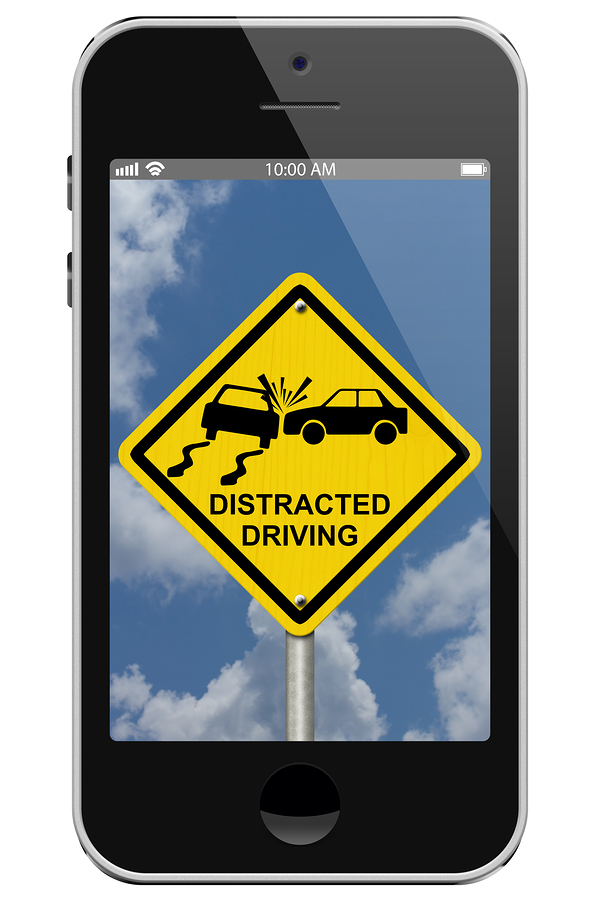Common distractions that had declined have rebounded in recent years, according to the 2024 Travelers Risk Index, with some even surpassing pre-pandemic figures.
Crashes and near misses related to distracted driving have also increased.
Behaviors on the rise since before the pandemic include:
- Updating or checking social media: +13 percent
- Typing a text or email: +10 percent
- Talking on a cellphone (hands-free): +10 percent
- Using a cellphone to record videos/take photos: +9 percent
- Reading a text or email: +9 percent
“Distraction is one of the leading causes of roadway fatalities, and it continues to have a devastating impact on individuals, families and communities,” said Michael Klein, executive vice president and president of Personal Insurance at Travelers. “Creating safer roadways requires action from each of us, and while the survey results show that people are concerned about distracted driving, they are still unfortunately taking dangerous risks.”
Nearly half of those surveyed believe roads are less safe than they were one year ago, and 78 percent believe inattentive driving is more of a problem now than it has been in past years.
The latest official data from the National Highway Traffic Safety Administration (NHTSA) supports the findings.
U.S. traffic deaths rose 10.5 percent in 2021, and NHTSA’s estimates since then show a similarly high fatality rate.
Businesses are concerned, too.
Of those surveyed, 85 percent of company executives – compared to 77 percent in 2023 – voiced concern over employees’ use of mobile technology while driving.
That increase comes as 68 percent of executives said they have instituted distracted driving policies, and many have reinforced that guidance by:
- Formally communicating about restrictions concerning phone calls, texts and/or emails while driving for work (84 percent).
- Requiring employees to sign an acknowledgment of the policy (66 percent).
- Disciplining employees who do not comply with company policy (77 percent).
- Prohibiting the use of handheld devices while driving (53 percent).
Travelers’ findings found several factors that could motivate drivers to remain focused, including passengers voicing their concerns (86 percent) as well as financial rewards for safe driving (86 percent).
“Distracted driving is a preventable crisis,” said Chris Hayes, assistant vice president of Workers Compensation and Transportation, Risk Control, at Travelers. “If you’re the passenger in a vehicle, speak up if the driver isn’t paying attention to the road. If you’re an employer, avoid calling employees when you know they’re driving. If you’re a parent, be a positive role model by putting the phone away and avoiding distractions when you’re behind the wheel.”
In January 2024, Hart Research conducted a national online survey of 1,000 consumers, ages 18 to 69, regarding their perceptions and behaviors related to distracted driving. Separately, Hart surveyed 1,050 executives from businesses of all sizes. Travelers commissioned both surveys.





















 What to Expect in 2026: U.S. P/C Results More Like 2024
What to Expect in 2026: U.S. P/C Results More Like 2024  A Practical Blueprint: The Five Plays of an Innovation Culture
A Practical Blueprint: The Five Plays of an Innovation Culture  Women Are Now Leaning Out in the Workplace
Women Are Now Leaning Out in the Workplace  AI in Property/Casualty Insurance: Why Trusted Data Is the Missing Link
AI in Property/Casualty Insurance: Why Trusted Data Is the Missing Link 